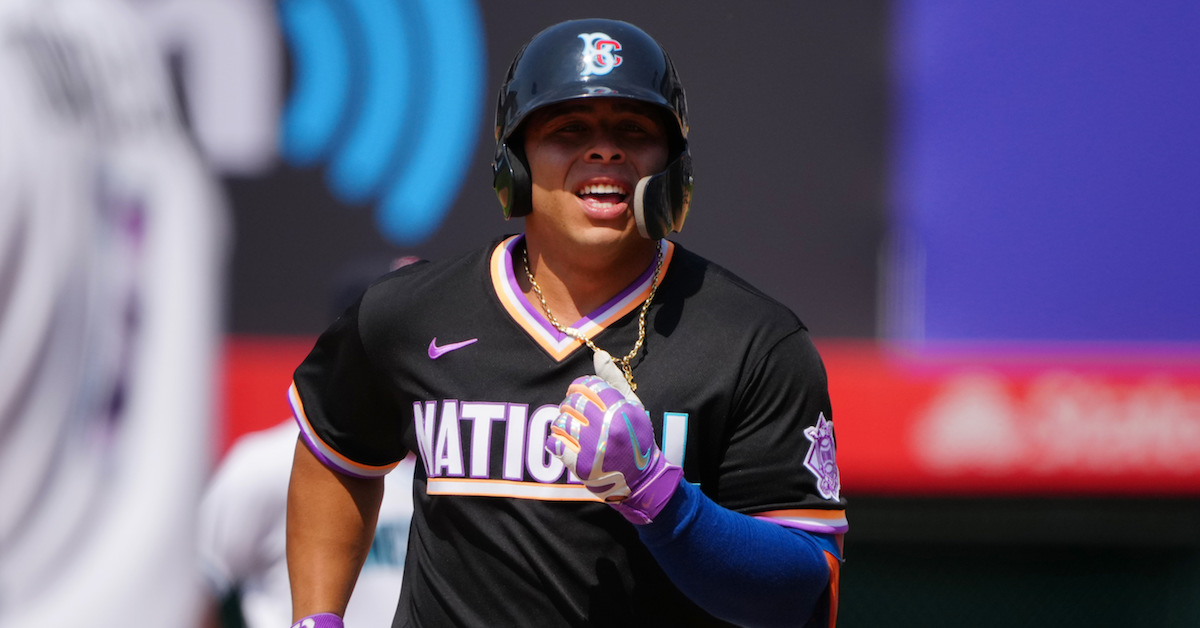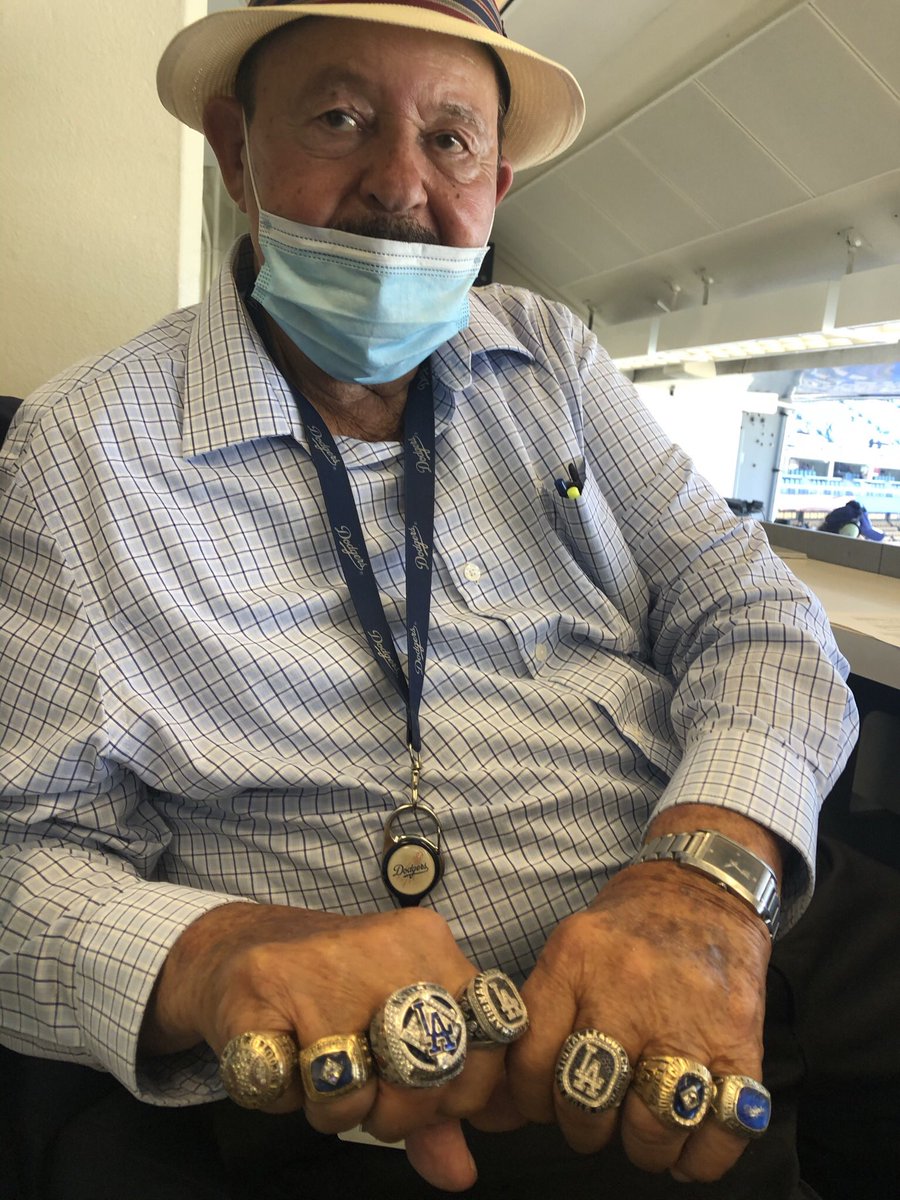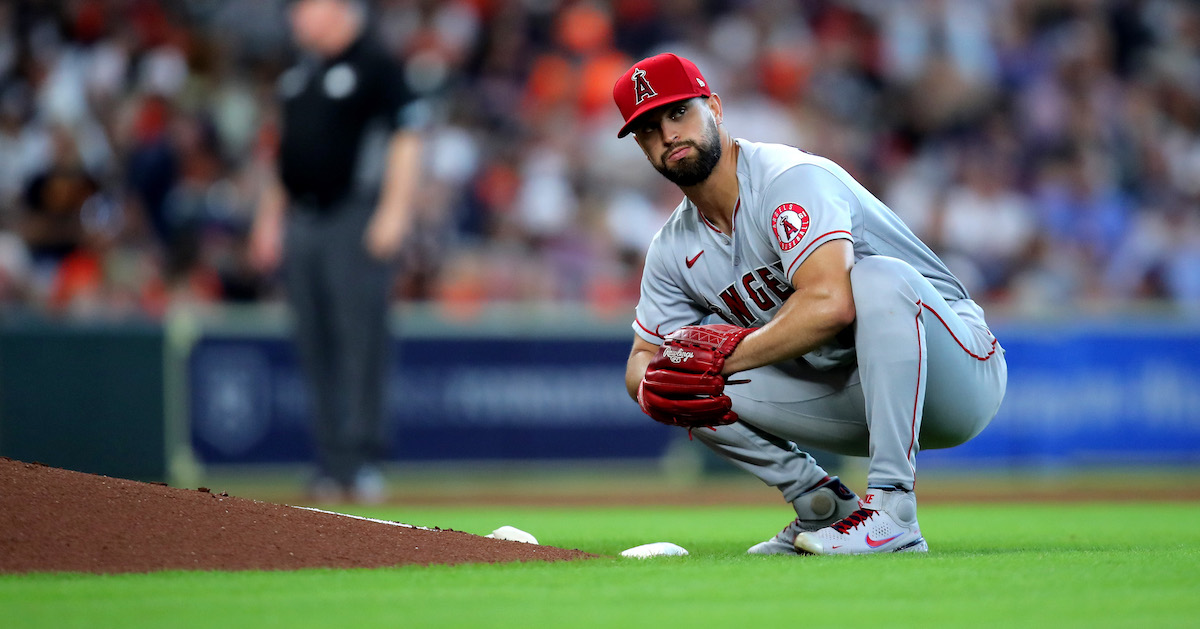Player’s View: Who Has Been Your Most Influential Teammate?

Who has been your most influential teammate? I asked that question to 10 major leaguers — two each from five different teams — and all of the answers came after a moment of thoughtful consideration. Most couldn’t name just one, and there was another common theme that emerged, as well. A combination of appreciation and admiration was genuinely expressed with each and every response.
———
Harrison Bader, St. Louis Cardinals
“Paul Goldschmidt. I like to watch just enough video to familiarize myself with the pitcher in terms of his tempo in the stretch, in the windup, his arm slots on different pitches, and maybe his tells on the base paths. Anything past that, I don’t like to watch. Paul has been the most influential, because I trust his assessment of the pitcher and his approach far more than anything I would create on my own. That’s because he keeps it really simple; he keeps it very straightforward. That approach helps him be very successful for his team. Because of that, I’ve learned to understand pitchers — when to open up a little more, when to stay focused on maybe driving the ball back up the middle. Little things like that allow you to be successful over nine innings.”
———
Tucker Barnhart, Detroit Tigers
“Four come to mind, and it starts with Skip Schumaker. Skip and I played together in 2014 and 2015, and he was the guy I defaulted to if I had any questions. This was back when I was trying to figure out what the big leagues were like. So, Skip was one of my guys. We still talk. Read the rest of this entry »




 man and such a calm, friendly person.
man and such a calm, friendly person. 


